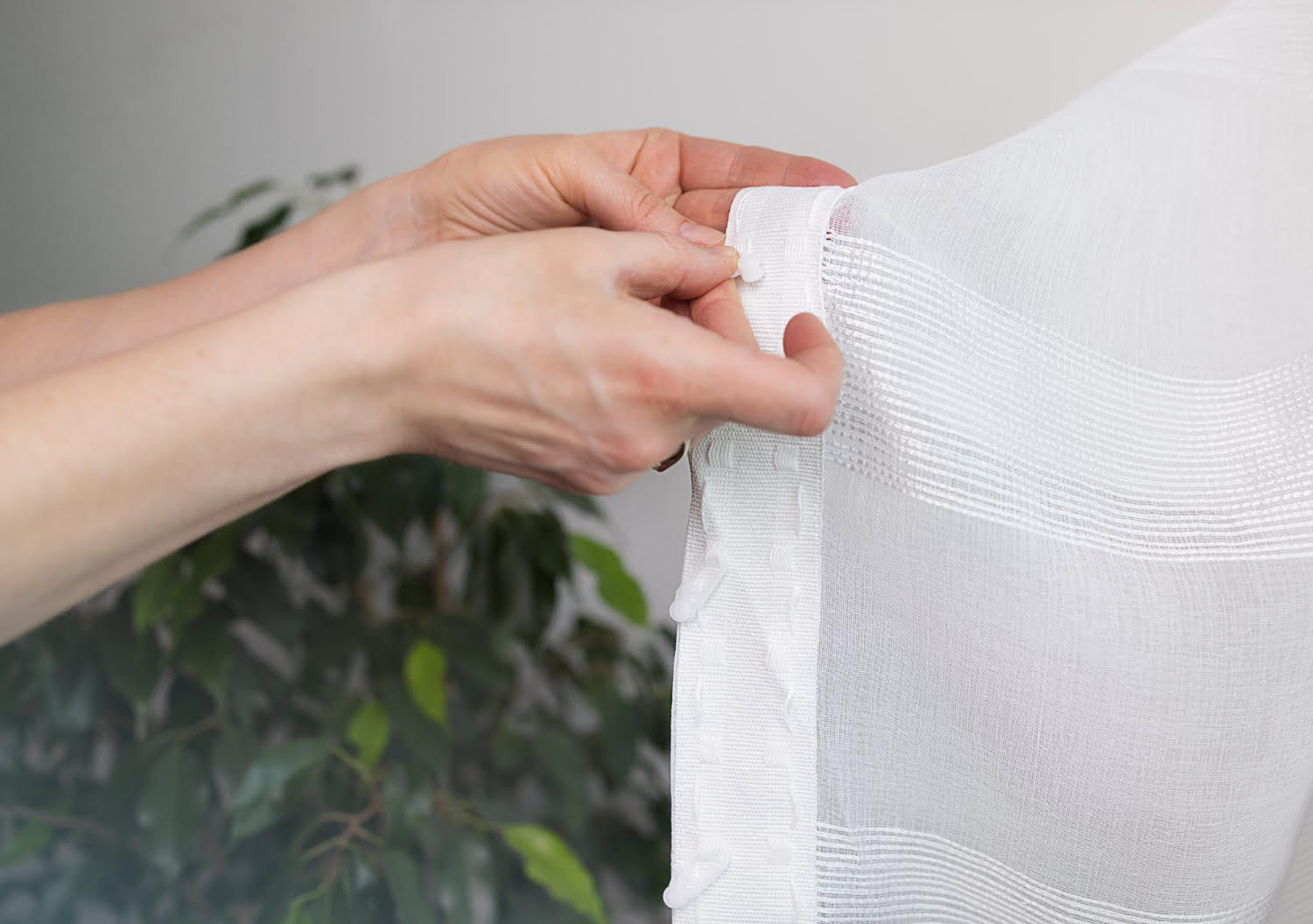

Articles
How To Shorten Long Curtains Without Cutting
Modified: December 7, 2023
Learn how to shorten long curtains without cutting them with our step-by-step guide. Find helpful tips and tricks in our articles on curtain alterations.
(Many of the links in this article redirect to a specific reviewed product. Your purchase of these products through affiliate links helps to generate commission for Storables.com, at no extra cost. Learn more)
Introduction
Curtains can add a touch of elegance and style to any room, but sometimes they may be a bit too long for your liking. Perhaps you’ve recently moved into a new home and inherited curtains that are dragging on the floor, or maybe you found the perfect set of curtains, but they’re just a bit too long.
Shortening curtains without cutting them may sound like a daunting task, but fear not! In this article, we will guide you through the process of shortening long curtains without having to reach for the scissors. With a few simple methods and some basic tools, you can easily achieve the perfect length for your curtains.
Before we dive into the different methods, let’s clarify a couple of things. First, it’s important to note that these methods are suitable for curtains made from lightweight to medium-weight fabrics, such as cotton, linen, or polyester blends. Heavyweight or blackout curtains may require more advanced techniques and are best left to professional curtain alteration services.
Secondly, the methods described here will allow you to shorten curtains by a few inches to a foot, depending on your preference. If you need to significantly shorten your curtains, it may be more appropriate to have them professionally altered or consider purchasing a new set of curtains that better fit your window dimensions.
Now that we’ve covered the basics, let’s move on to the first step: measuring your curtains.
Key Takeaways:
- Easily achieve the perfect curtain length without cutting by using hemming tape, a sewing machine, or fabric adhesive. Each method offers a convenient and effective way to tailor your curtains to your desired length.
- Ensure a professional and polished look by accurately measuring, gathering the necessary tools, and adjusting the curtain rod height after shortening your curtains. Embrace the DIY spirit and transform your space with perfectly tailored curtains.
Read more: How To Shorten A Shower Curtain
Measuring your curtains
Before you start the process of shortening your curtains, it’s crucial to accurately measure the desired length. This step is necessary to ensure that you achieve consistent and even results throughout the curtain panel.
Here’s how you can measure your curtains:
- Start by determining the ideal length for your curtains. Measure from the top edge of the curtain rod to the desired bottom hem.
- If there is an existing hem on the curtains, measure from the top of the existing hem to the desired bottom hem. This will give you an idea of how much excess fabric you need to remove.
- Measure the length of each curtain panel separately, as some windows may have variations in height.
- Once you have determined the correct length for each panel, mark the measurement with a pin or a fabric marker.
Double-check your measurements to ensure accuracy before moving on to the next step. It’s always better to measure twice and cut once to avoid any mistakes.
Now that you have your measurements, it’s time to gather the necessary tools and materials for the shortening process.
Gathering necessary tools and materials
Before you begin shortening your curtains, it’s important to gather all the necessary tools and materials. Having everything prepared in advance will save you time and ensure a smooth and efficient process.
Here’s a list of the tools and materials you’ll need:
- Measuring tape: This is essential for accurately measuring the desired length of your curtains.
- Iron: You’ll need an iron to remove any wrinkles and to create crisp hemlines.
- Sewing machine or needle and thread: Depending on the method you choose, you’ll either need a sewing machine or a needle and thread to secure the hems.
- Hemming tape: Hemming tape is a quick and easy alternative to sewing. It’s a heat-activated adhesive tape used to secure hems without the need for stitching.
- Fabric scissors: These sharp scissors are necessary for cutting excess fabric once you’ve measured and marked the desired length.
- Fabric adhesive: If you prefer not to sew or use hemming tape, fabric adhesive can be used to secure hems without the need for any stitching.
- Pins or fabric markers: These will help you mark the desired length and keep the fabric in place during the shortening process.
Make sure you have all the tools and materials listed above before you start working on your curtains. Being fully prepared will make the process much smoother and more enjoyable.
With your tools and materials ready, let’s move on to the different methods you can use to shorten your curtains without cutting them.
Method 1: Using hemming tape
Hemming tape is a convenient and easy-to-use solution for shortening curtains without the need for sewing. It’s a heat-activated adhesive tape that creates a strong bond between the fabric layers, effectively securing the hem.
Here’s how you can use hemming tape to shorten your curtains:
- Start by pre-washing and ironing your curtains. This will ensure that the fabric is clean and smooth before applying the hemming tape.
- Measure and mark the desired length of your curtains, following the steps outlined earlier.
- Place the hemming tape along the bottom edge of the curtain panel, aligning it with the marked length.
- Apply heat to the hemming tape according to the manufacturer’s instructions. This is typically done by using an iron on a low setting or by using a heat press. The heat will activate the adhesive and create a bond between the layers of fabric.
- Press firmly on the hemmed area to ensure a secure bond.
- Repeat this process for each curtain panel, following the same measurements and steps.
It’s important to note that hemming tape is best suited for lightweight to medium-weight fabrics and may not provide a strong enough hold for heavy or thick materials. If you’re working with heavier curtains, you may want to consider using a different method or consulting a professional for assistance.
Using hemming tape is a quick and convenient way to achieve a clean and professional-looking hem without the need for sewing. However, if you prefer to use a sewing machine, there’s another method you can try.
Consider using curtain clips or rings to gather the excess fabric at the top of the curtain and create a decorative pleat. This can shorten the length without cutting or sewing.
Method 2: Using a sewing machine
If you have access to a sewing machine and some basic sewing skills, using a sewing machine is an excellent option for shortening your curtains. This method allows for a durable and long-lasting hem that can withstand regular use and washing.
Here’s a step-by-step guide on how to use a sewing machine to shorten your curtains:
- Following the previous steps, measure and mark the desired length of your curtains.
- Prepare your sewing machine by selecting an appropriate thread color and setting up a straight stitch. You can refer to your sewing machine’s manual for specific instructions on how to adjust the settings.
- Start sewing by folding the bottom edge of the curtain panel up to the marked length. Pin the fold in place using sewing pins.
- Using the marked length as a guide, sew a straight stitch across the folded edge, approximately ¼ inch from the bottom. Backstitch at the beginning and end to secure the stitch.
- Remove the pins and trim any excess fabric, leaving a small seam allowance of about ⅛ to ¼ inch.
- Optional: You can also create a double-fold hem for added durability. To do this, fold the raw edge of the fabric up to meet the stitched line, then fold it again to enclose the raw edge. Pin the fold in place and sew a second straight stitch along the top fold.
- Repeat this process for each curtain panel, ensuring consistency in the lengths and the sewing.
Using a sewing machine allows for precise and professional-looking hems that will withstand regular use and washing. However, if you don’t have access to a sewing machine or prefer a no-sew option, there’s another method you can try using fabric adhesive.
Read more: How To Shorten A Long Plank-Style Wood Table
Method 3: Using fabric adhesive
If you don’t have access to a sewing machine or prefer to avoid sewing altogether, using fabric adhesive can be a great alternative for shortening your curtains. Fabric adhesive provides a quick and easy solution for securing hems without the need for stitching.
Here’s how you can use fabric adhesive to shorten your curtains:
- Measure and mark the desired length of your curtains, following the same steps outlined earlier.
- Prepare your curtains by pre-washing and ironing them to ensure a clean and smooth surface for the adhesive.
- Apply a thin, even line of fabric adhesive along the bottom edge of the curtain panel, following the marked length.
- Fold the bottom edge of the curtain up to the adhesive line, pressing firmly to create a bond between the layers.
- Allow the adhesive to dry according to the manufacturer’s instructions. This usually takes about 24 to 48 hours.
- Repeat this process for each curtain panel, ensuring consistency in the lengths and the application of the adhesive.
It’s important to note that fabric adhesive may not provide the same level of durability as sewing. It may not be suitable for heavily used curtains or curtains that are frequently washed. However, it can be a convenient option for lighter fabrics and curtains that are more decorative than functional.
Regardless of the method you choose, it’s essential to test the adhesive or tape on a small, inconspicuous area of the fabric before applying it to the entire curtain panel. This will help you ensure that the adhesive does not damage or discolor the fabric.
With your curtains now shortened, there’s one more important task to take care of: adjusting the curtain rod height.
Adjusting the curtain rod height
After successfully shortening your curtains, it’s important to adjust the curtain rod height to accommodate the new length. This step will ensure that your curtains hang correctly and maintain an aesthetically pleasing appearance.
Here’s how you can adjust the curtain rod height:
- Remove the curtains from the curtain rod by gently pulling them off the rod or unhooking them from the curtain rings.
- Locate the brackets that hold the curtain rod in place. Depending on the type of curtain rod, these brackets may be attached to the wall or the window frame.
- Use a screwdriver or the appropriate tool to loosen the screws or fittings that secure the brackets.
- Carefully adjust the height of the brackets by sliding them up or down. Take into consideration the new length of your curtains and position the brackets accordingly.
- Tighten the screws or fittings to secure the brackets in their new position.
- Rehang the curtains on the curtain rod, ensuring that they hang evenly and at the desired height.
Adjusting the curtain rod height is a crucial step in the process of shortening curtains. It ensures that the curtains are properly displayed and maintains a balanced and visually appealing look in your space.
With the curtain rod height adjusted, you can now step back and admire your beautifully shortened curtains. Whether you used hemming tape, a sewing machine, or fabric adhesive, you’ve successfully achieved the perfect length for your curtains without the need for cutting.
Remember, these methods are suitable for lightweight to medium-weight fabrics. If you’re working with heavyweight or blackout curtains, or if you need to significantly shorten your curtains, it’s best to consult a professional alteration service to ensure the best possible results.
Shortening long curtains without cutting them may seem like a daunting task at first, but with the right methods and tools, it can be a simple and satisfying DIY project. So go ahead, tackle those long curtains, and transform your space into a stylish and well-dressed haven.
Conclusion
Shortening long curtains without cutting them may seem like a challenging task, but with the right methods and tools, it can be easily accomplished. Whether you choose to use hemming tape, a sewing machine, or fabric adhesive, each method provides a way to achieve the perfect length for your curtains without compromising their integrity.
By following the steps outlined in this article, you can confidently measure your curtains, gather the necessary tools and materials, and choose the most suitable method for your needs. Whether you’re a seasoned DIY-enthusiast or a beginner looking to take on a new project, shortening your curtains can be a fulfilling and rewarding experience.
Remember to take the time to accurately measure and mark your desired curtain length, ensuring consistency throughout the curtain panels. Gathering the necessary tools, such as a measuring tape, iron, sewing machine or fabric adhesive, and fabric scissors, is essential to ensure a smooth and efficient process.
Each method – hemming tape, sewing machine, or fabric adhesive – offers its own advantages and suitability for different fabric types and personal preferences. Hemming tape provides a quick and convenient solution for lightweight to medium-weight fabrics, while the sewing machine offers a durable and long-lasting option. Fabric adhesive can be a no-sew alternative for decorative curtains.
Don’t forget to adjust the curtain rod height to match the newly shortened length of your curtains. This final step ensures that your curtains hang properly and maintain an aesthetically pleasing appearance.
With your curtains now perfectly tailored to your desired length, you can sit back and enjoy the transformation they bring to your space. Whether it’s creating a more polished look, improving functionality, or refreshing the overall ambiance, shortening long curtains can make a significant difference in enhancing the beauty and functionality of your home.
Remember to choose the method that works best for you and your curtains, ensuring that it aligns with your skill level and comfort zone. And if you’re unsure or working with heavyweight curtains, it’s always wise to consult a professional curtain alteration service to achieve the best possible results.
So go ahead, embrace the DIY spirit, and give your curtains the perfect length they deserve. With a bit of effort and creativity, you can transform your space and enjoy the beauty of perfectly tailored curtains without the need for cutting.
Frequently Asked Questions about How To Shorten Long Curtains Without Cutting
Was this page helpful?
At Storables.com, we guarantee accurate and reliable information. Our content, validated by Expert Board Contributors, is crafted following stringent Editorial Policies. We're committed to providing you with well-researched, expert-backed insights for all your informational needs.

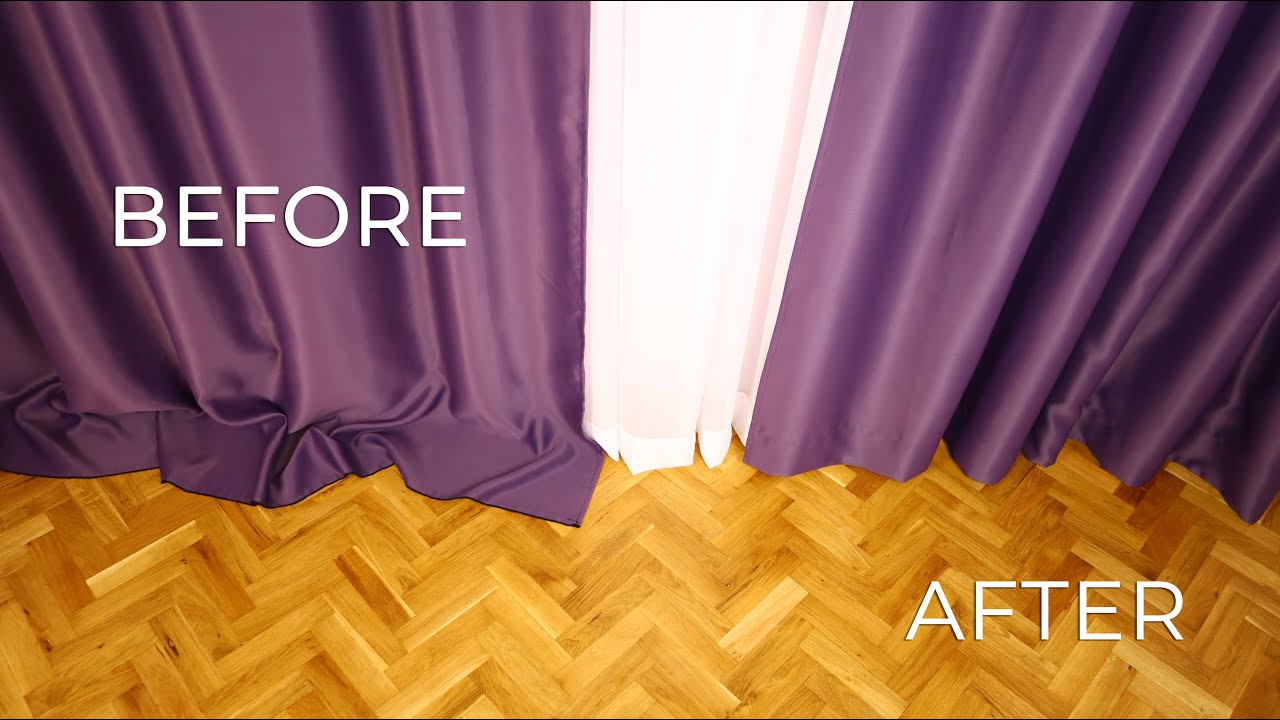
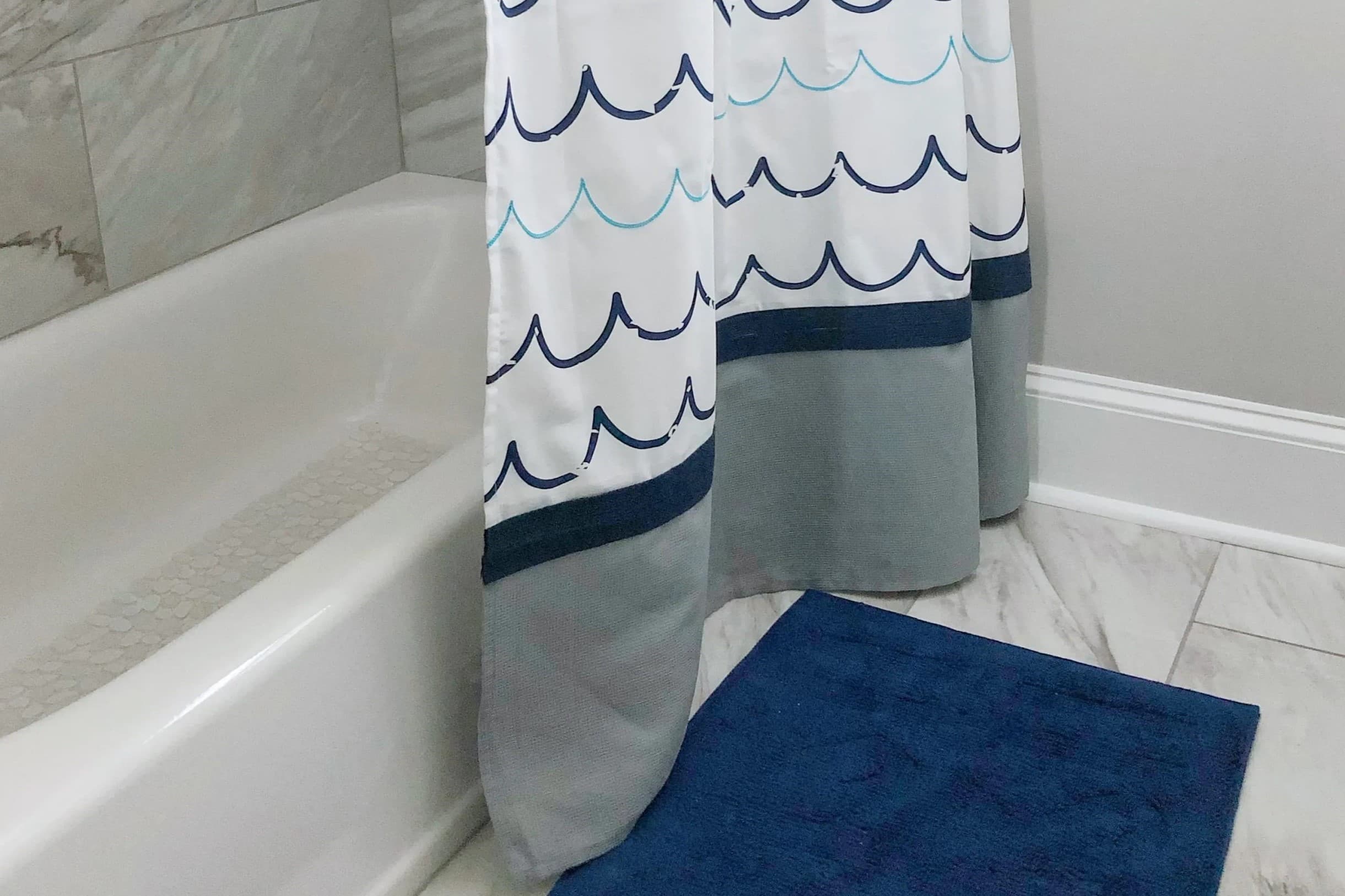

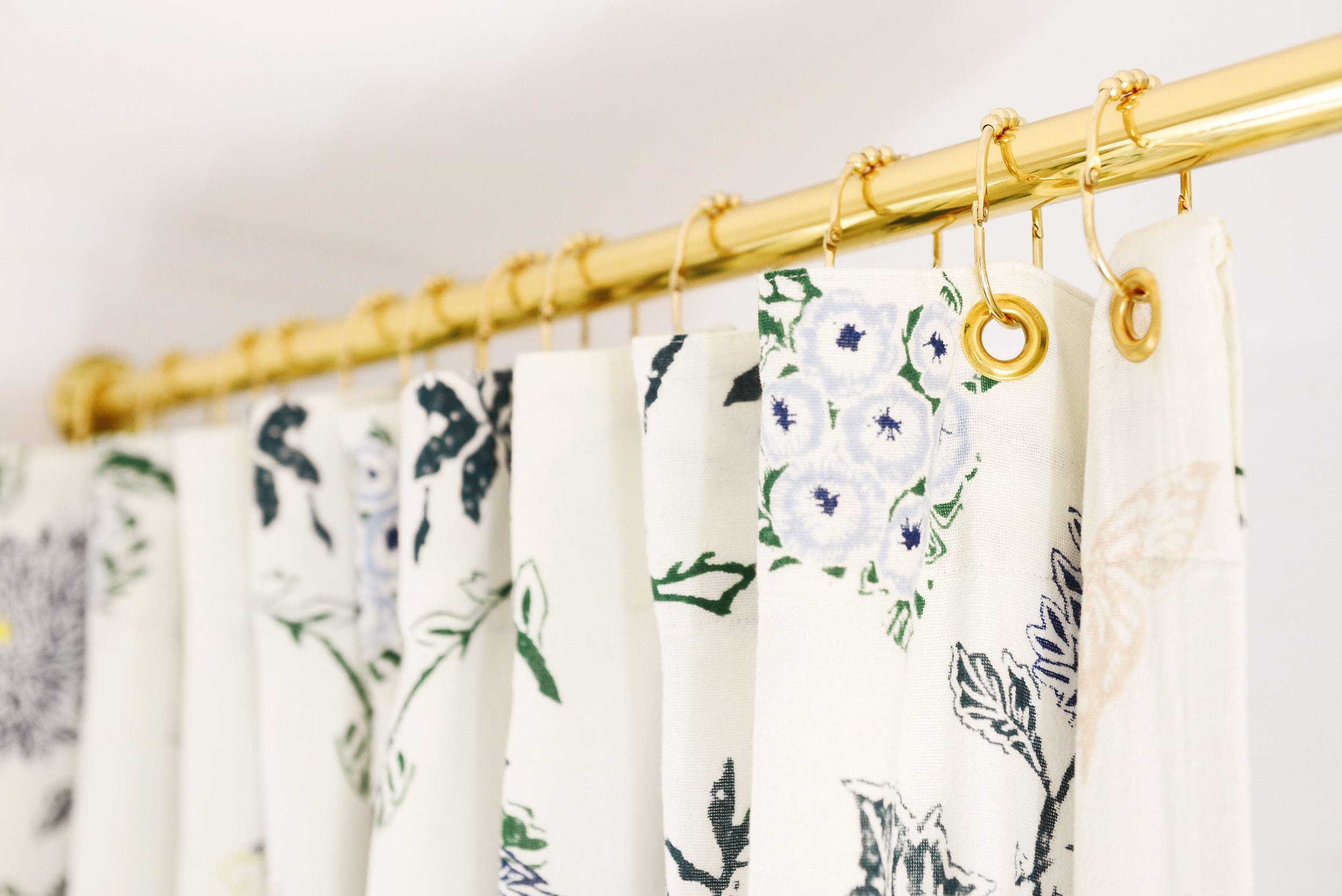

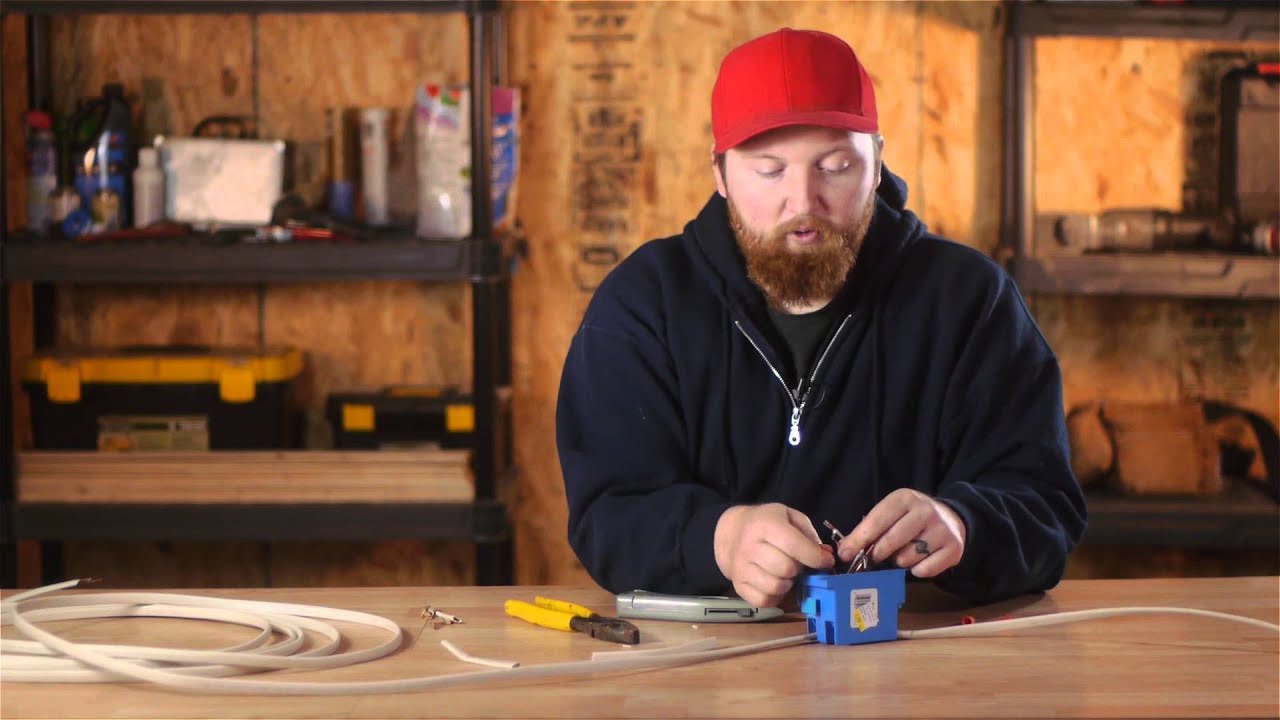
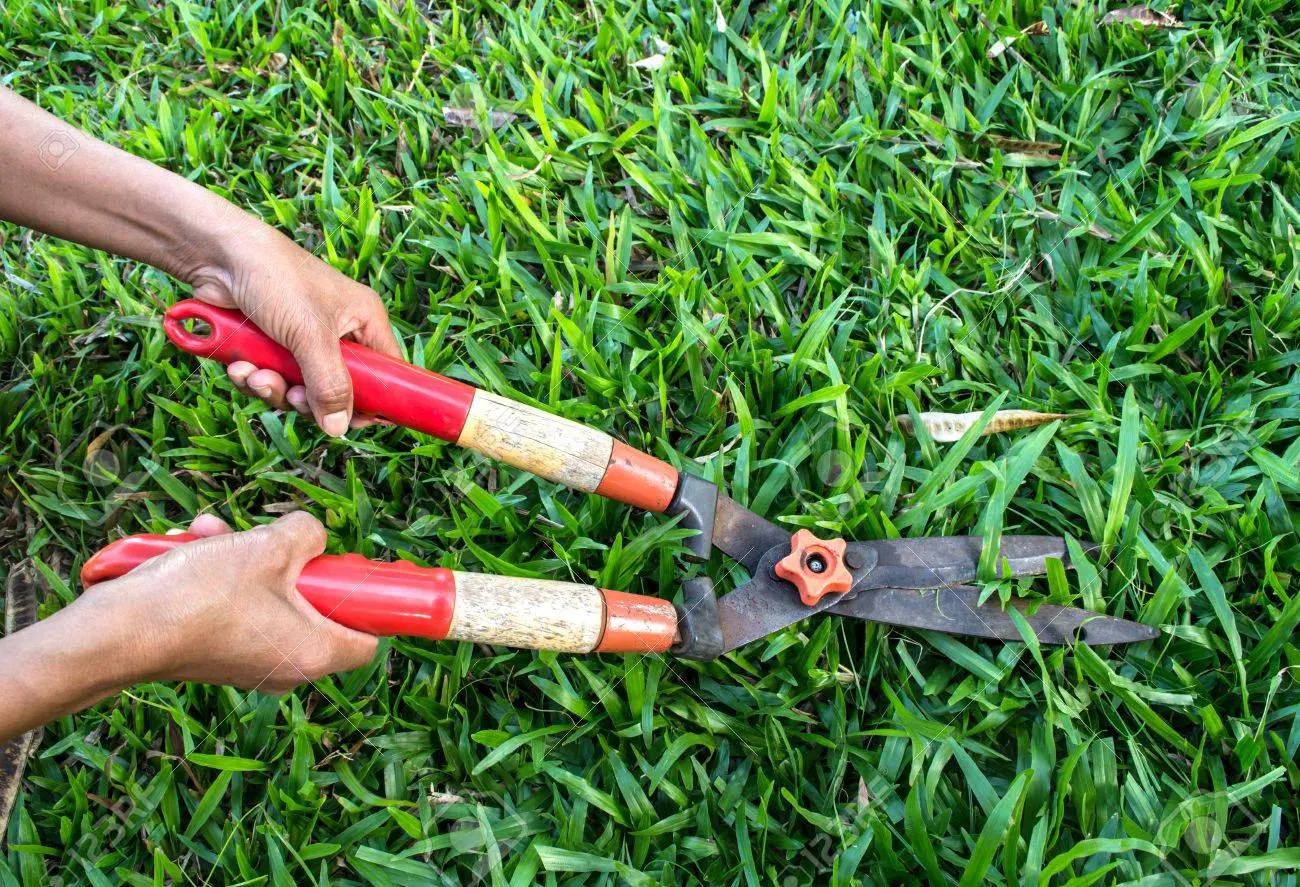

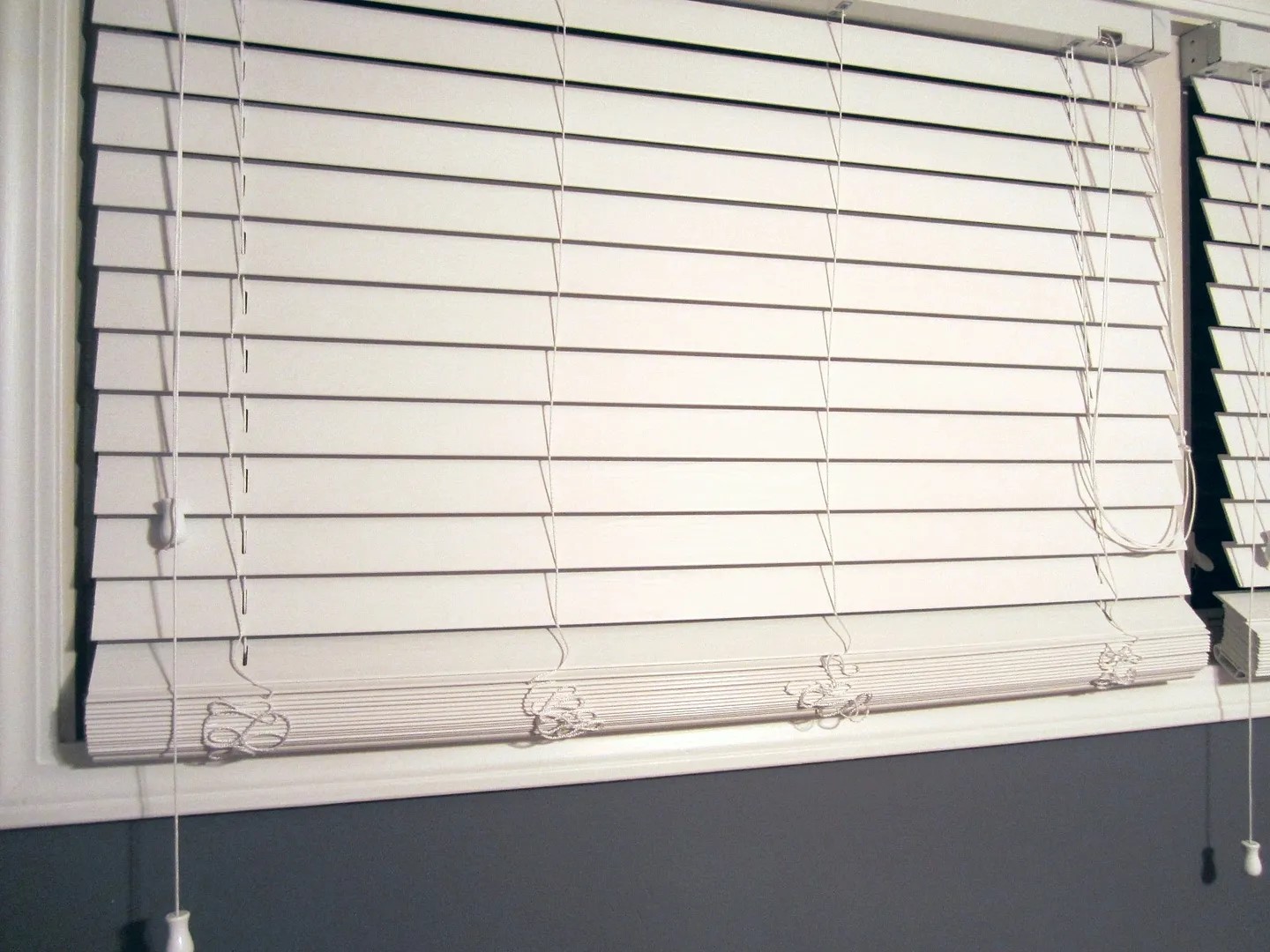
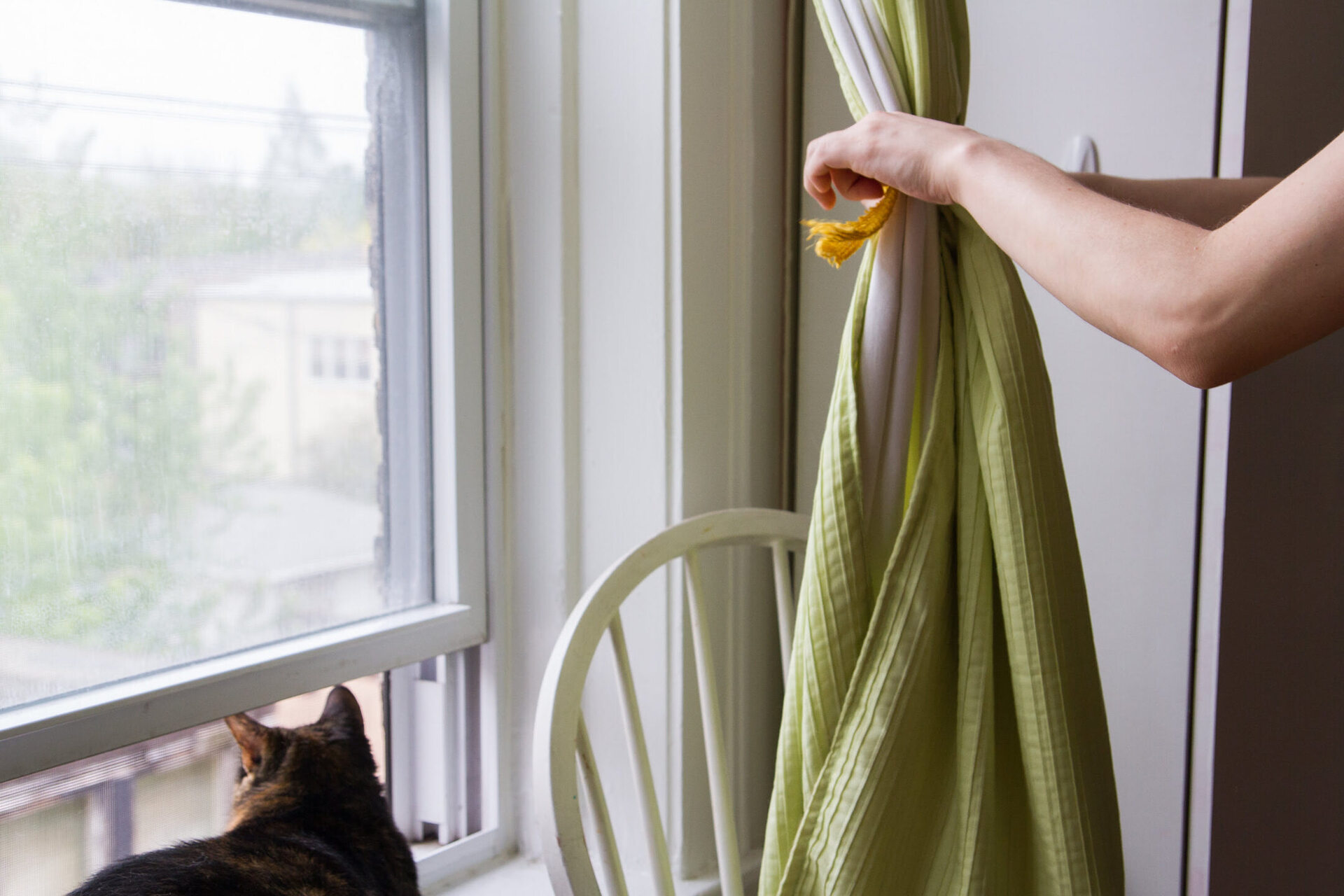
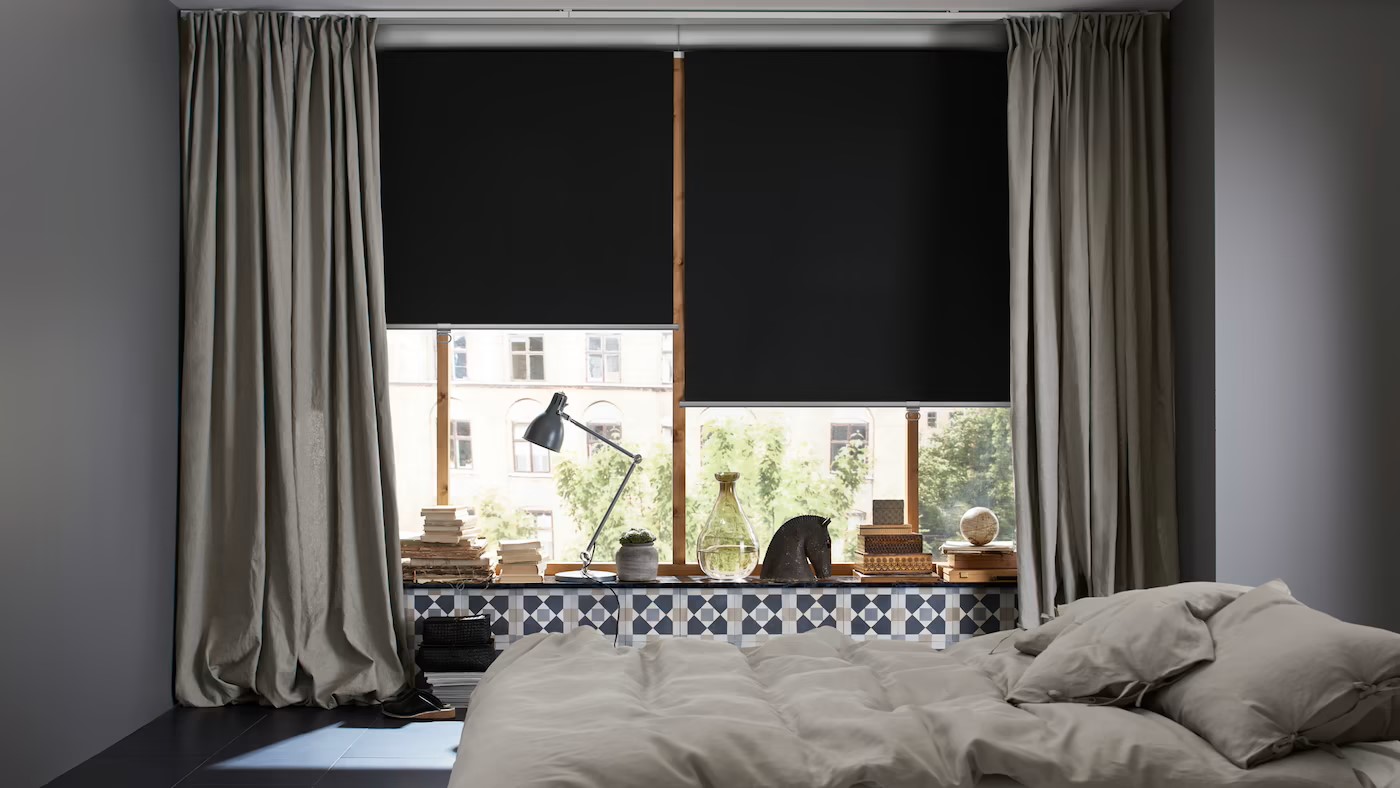



0 thoughts on “How To Shorten Long Curtains Without Cutting”